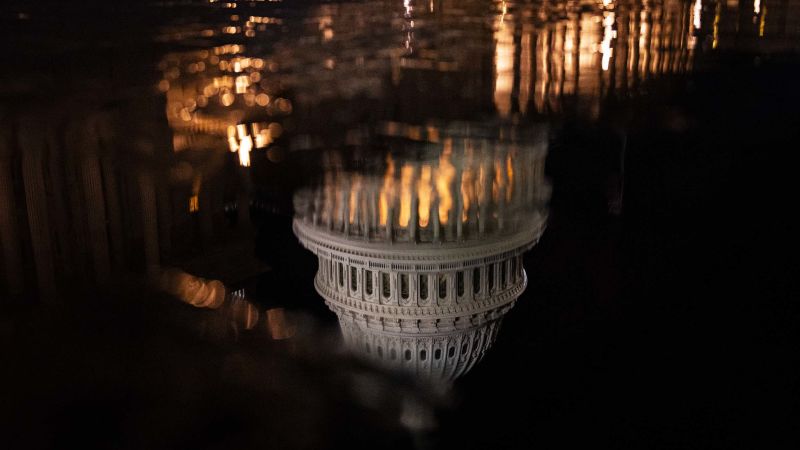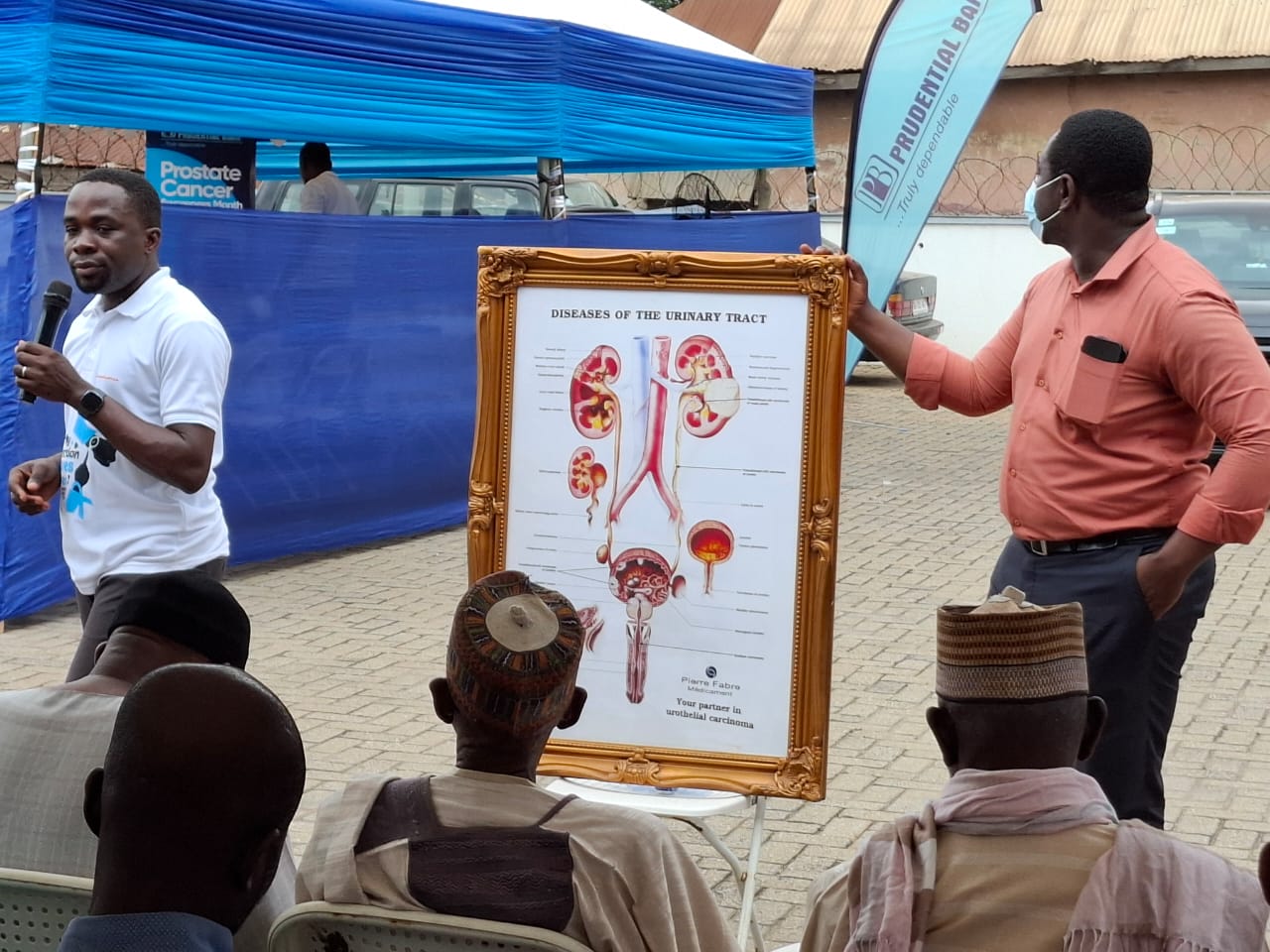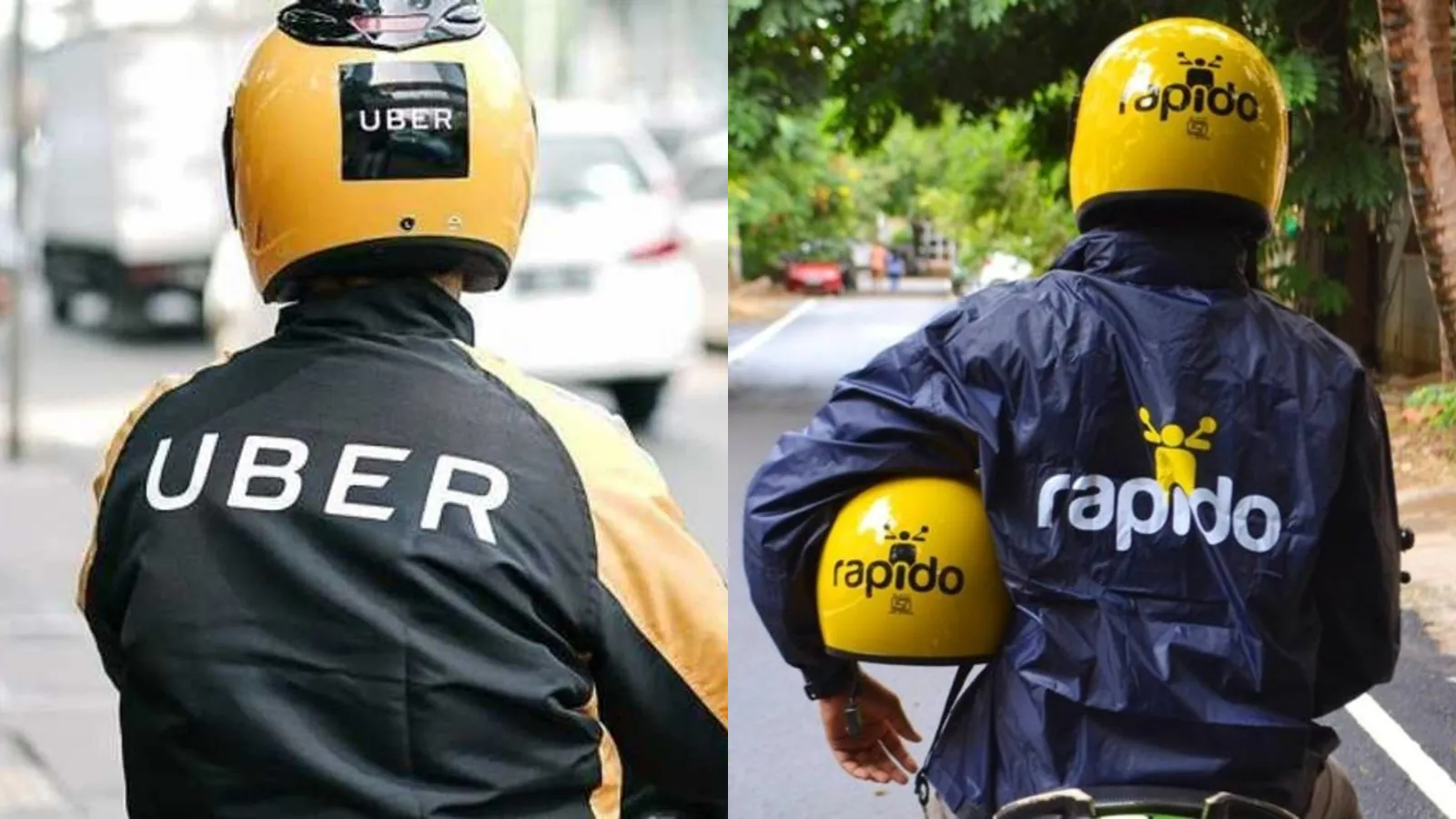
It’s too early to blink, but the pressure is slowly beginning to rise.
The government shutdown drama is still in its opening act with Democrats and Republicans each heaping blame on the other side.
And despite deepening partisan bitterness in Washington, nothing has changed the equation that led to the impasse: Republicans and Democrats both saw a greater political advantage in letting the government close than in keeping it open.
But the earliest signs were evident Wednesday of the political strains that will eventually crack the unity of one or both parties — whether it takes days or weeks — and end the standoff.
Day One saw the rollout of initial battleground strategies:
Still, this is a tough crisis to call, partly because America has a president who has a history of metaphorically blowing everything up one minute, then suddenly seeking a deal that can undermine the painstakingly laid plans of his own side.
And as always with Trump, conventional political calculations seem muddled.
For example, Democrats, who advocate using the government to advance the common good, effectively voted to shut it down with the use of the Senate 60-vote filibuster on Tuesday night. This, after they spent eight months accusing Trump of destroying the federal machine.
But Republicans, who are devoted to smaller government, voted to keep federal operations purring. It was a little disorientating to see White House Press Secretary Karoline Leavitt insist: “The American people want the government reopened.”
The blame game will be crucial
History shows that the party that engineers a shutdown by demanding something in return for voting to fund the government often gets the blame, so Democrats could be on the hook.
And in this case, they might also have walked into a huge trap and catastrophically overestimated their leverage. This is because, in forcing a shutdown, they metaphorically used government as a hostage to secure policy changes against a White House that might be happy to see the hostage eliminated.
But if the shutdown leads to chaos, it could be Trump who suffers. If it drags on for weeks and throttles vital public services, like airport security or key government nutrition programs, a sense of a country tumbling out of control could rebound against those who have all the power — the president and the congressional GOP. And Trump is already an unpopular president with an approval rating of 43% in a New York Times/Siena poll this week that showed him underwater on every top issue apart from crime and his 2024 coalition eroding.
Democrats spent day one of the shutdown seeking to consolidate blame around Trump, and reinforce their demand for an extension of Affordable Health Care Act subsidies due to expire at the end of the year. They are trying to convince the public that Trump would rather keep government closed than alleviate stiff premium hikes.
“It’s really the Trump shutdown,” Democratic Senate Minority Leader Chuck Schumer told CNN’s John Berman. “Republicans thought that they could barrel us into a shutdown because they didn’t want to protect the healthcare of the American people.”
This was a change of tone from Schumer, who stepped back from the brink of a previous shutdown in March — and got a shellacking from activist Democrats who are desperate for their party to fight back at Trump, as he makes the most expansive presidential power grab of modern times. The New York Democrat isn’t making the same mistake twice. “Now, they’ve seen they can’t bully us, they can’t barrel us,” Schumer said.
There’s a chance the shutdown could go long, since some Democrats believe conditions will favor them the longer it lasts. “This debate is going to change,” Illinois Democratic Sen. Dick Durbin told reporters. He was referring to the fact that many of the millions of Americans who get health care under the Affordable Care Act will shortly get notice of higher premiums.
White House plays hardball
But the White House is also seeking to increase the pain threshold. “We believe layoffs are imminent. They are, unfortunately, a consequence of this government shutdown,” Leavitt warned on Wednesday.
Past government shutdowns haven’t led to mass layoffs, even as workers were furloughed and those with jobs deemed essential worked without pay. So using this crisis as a justification for firings would be a callous move. But it would hardly be a surprise since this administration has shown little humanity with sudden layoffs for federal workers while rewarding Trump’s billionaire backers.
A new federal purge would please administration ideologues who want to eviscerate the federal government. But it would also be an attempt to show Trump can hurt the interests of Democrats more than they can hurt him. This also appears to be the motivation behind a move Wednesday by the White House Office of Management and Budget to freeze $18 billion in funding for two key infrastructure projects, the Hudson Tunnel Project and the Second Ave Subway. New York is a Democratic-run state and just happens to be the home of Schumer and House Democratic Minority Leader Hakeem Jeffries.
“Donald Trump is once again treating working people as collateral damage in his endless campaign of chaos and revenge,” the two leaders complained in a statement.
Vice President JD Vance, meanwhile, did his best to chip away at Democratic unity, in the knowledge that the GOP only needs to peel away a handful of senators from Schumer to break the filibuster and to fashion a win for the GOP.
“I actually don’t think it’s going to be that long of a shutdown,” Vance said. “This is a pure guess … because I think you already saw some evidence that moderate Democrats are cracking a little bit.”
Vance also tugged at divisions between progressives and the Democratic establishment. “Let’s be honest about the politics … the reason why the American people’s government is shut down is because Chuck Schumer is listening to the far-left radicals in his own party because he’s terrified of a primary challenge.”
How health care could be the key to unlocking the crisis
While Trump and Vance turned the screws, there were just a whiff of encouragement for Democrats who believe they can change the political calculus.
House Republican Speaker Mike Johnson seemed a bit squeamish about mass firings, telling CNN’s Dana Bash on “Inside Politics” that while he wanted to downsize government “the people that are furloughed right now are hardworking American federal workers.”
And North Dakota Sen. Kevin Cramer told CNN that he hoped that firing threats were a negotiating tactic. “There’s the political ramification, perhaps that could cause backlash, you know, at the polls,” Cramer said. He added that big layoffs could make it harder for Democratic senators and moderate House Republicans to eventually coalesce behind reopening the government.
It’s also obvious that the White House knows it has a health care vulnerability and is trying to obscure it by cloaking it in his strongest issue — immigration. Republicans repeatedly claimed Wednesday that Democrats precipitated the shutdown because they want to force taxpayers to shower health benefits on undocumented immigrants.
Democrats want extended subsidies for the ACA and to reverse cuts to Medicaid contained in Trump’s domestic policy agenda package. But neither of those changes would provide health coverage to undocumented immigrants, according to a CNN Fact Check.
In another sign of discomfort on health care, several Republicans insisted Wednesday they were ready to talk — but not during a shutdown. “Let’s reopen the government before we have our negotiation about healthcare policy,” Vance said. This is also a position shared by Senate Republican Majority Leader John Thune.
Such assurances aren’t worth much to Democrats, who argue that Republicans already gutted Medicaid and refused to extend ACA subsidies, leaving them no option but to use leverage. And Democrats don’t trust a president who has used questionable power to cancel spending that was authorized by Congress before he won his second term.
But there’s also just enough buzz around health care — where both sides could hope for a partisan advantage — to suggest that when they each want government to reopen, it’s the issue that will point to an off ramp.



